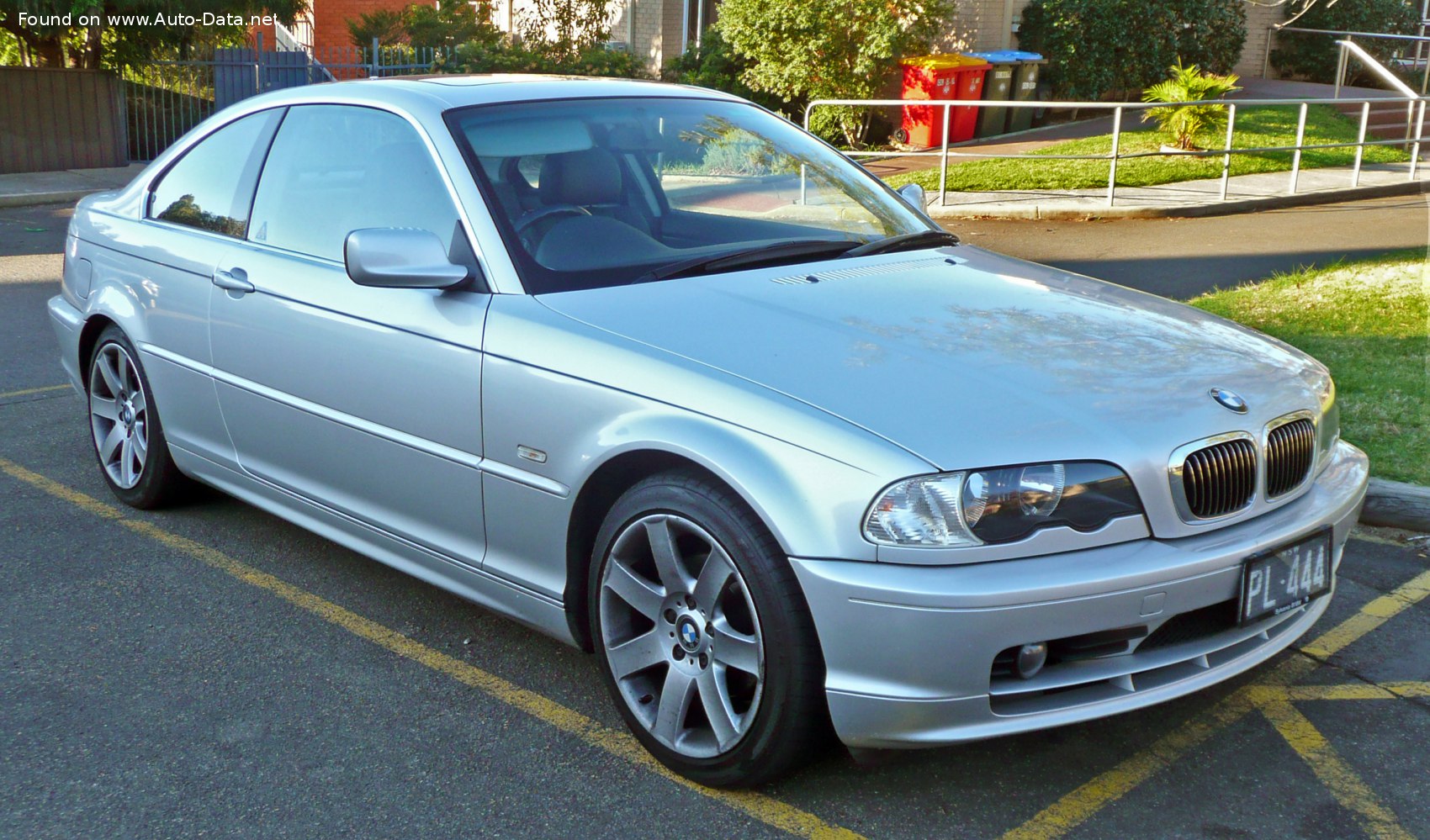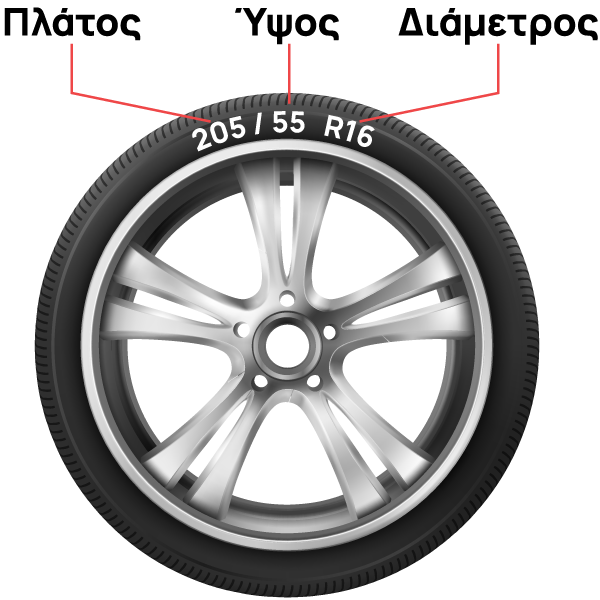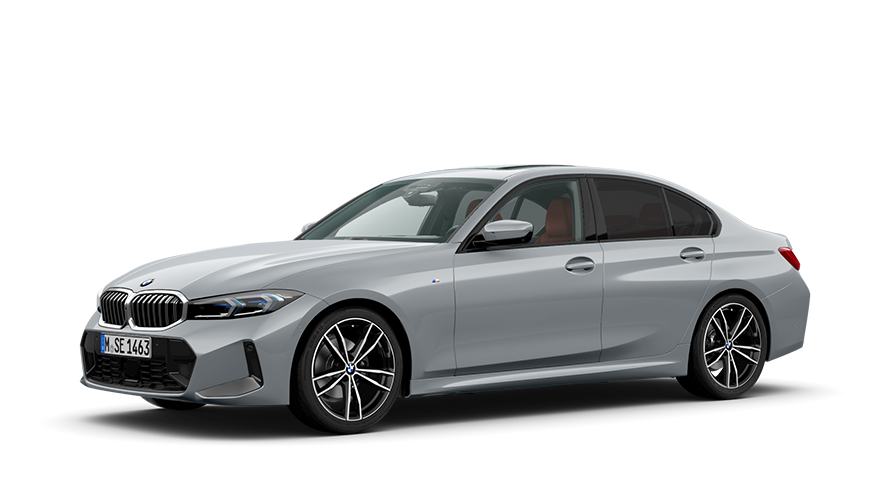
ΖΑΝΤΟΛΑΣΤΙΧΑ BMW E46 ΜΕ ΧΕΙΜΕΡΙΝΑ ΛΑΣΤΙΧΑ ΠΑΝΩ ΔΙΑΣΤΑΣΕΙΣ 225/45R17 (ΚΩΔ. ΑΝΤΑΛ.: 1094508 ) - BMW Κωσταντίνος

ΖΑΝΤΟΛΑΣΤΙΧΑ BMW E46 ΜΕ ΧΕΙΜΕΡΙΝΑ ΛΑΣΤΙΧΑ ΠΑΝΩ ΔΙΑΣΤΑΣΕΙΣ 225/45R17 (ΚΩΔ. ΑΝΤΑΛ.: 1094508 ) - BMW Κωσταντίνος

1999-2001 BMW 3 Series Coupe (E46) 323 Ci (170 Hp) | Τεχνικά Χαρακτηριστικά, Κατανάλωση καυσίμου , Διαστάσεις

1987 BMW 3 Series Coupe (E30, facelift 1987) | Τεχνικά Χαρακτηριστικά, Κατανάλωση καυσίμου, Διαστάσεις

2000 BMW 3 Series Coupe (E46) 330Ci (231 Hp) | Τεχνικά Χαρακτηριστικά, Κατανάλωση καυσίμου , Διαστάσεις






















